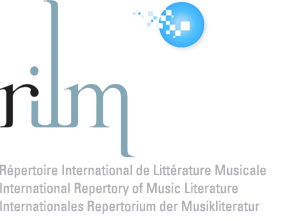Toward the middle of the 13th century B.C.E., shortly after a granddaughter of the great Hittite king married the Ugaritic ruler, a matrimonial scandal shook the kingdom. The first lady of the city-state of Ugarit was accused of disporting herself with the nobles, of “ceaseless enjoyment” with them: the Akkadian word ṣiāḫum (to laugh joyfully, to flirt) was the discreet description of conjugal infidelity.
“To laugh” had been the euphemism for sexual intercourse and physical love for at least 700 years, as is attested in Paleo-Babylonian love songs. Already in Sumerian songs of the beginning of the second millennium B.C.E., the verbs “to delight” and “to utter joyful cries” were used to describe amorous play.
The language of love in Aššurian songs is one of metaphors and discreet allusions; carnal love is mentioned only indirectly, through stock literary devices stemming from a long tradition. Amorous metaphors include “the scent of cedar is your love”, “she seeks the garden of your opulent love”, and “today my heart is full of play and music”.
This according to “La musique des amoureux” by Brigitte Groneberg (Dossiers d’archéologie 310 [février 2006] pp. 50–54).
Above, a Paleo-Babylonian plaque; below, Peter Pringle performs his recreation of an ancient Egyptian song that uses similar metaphors.





